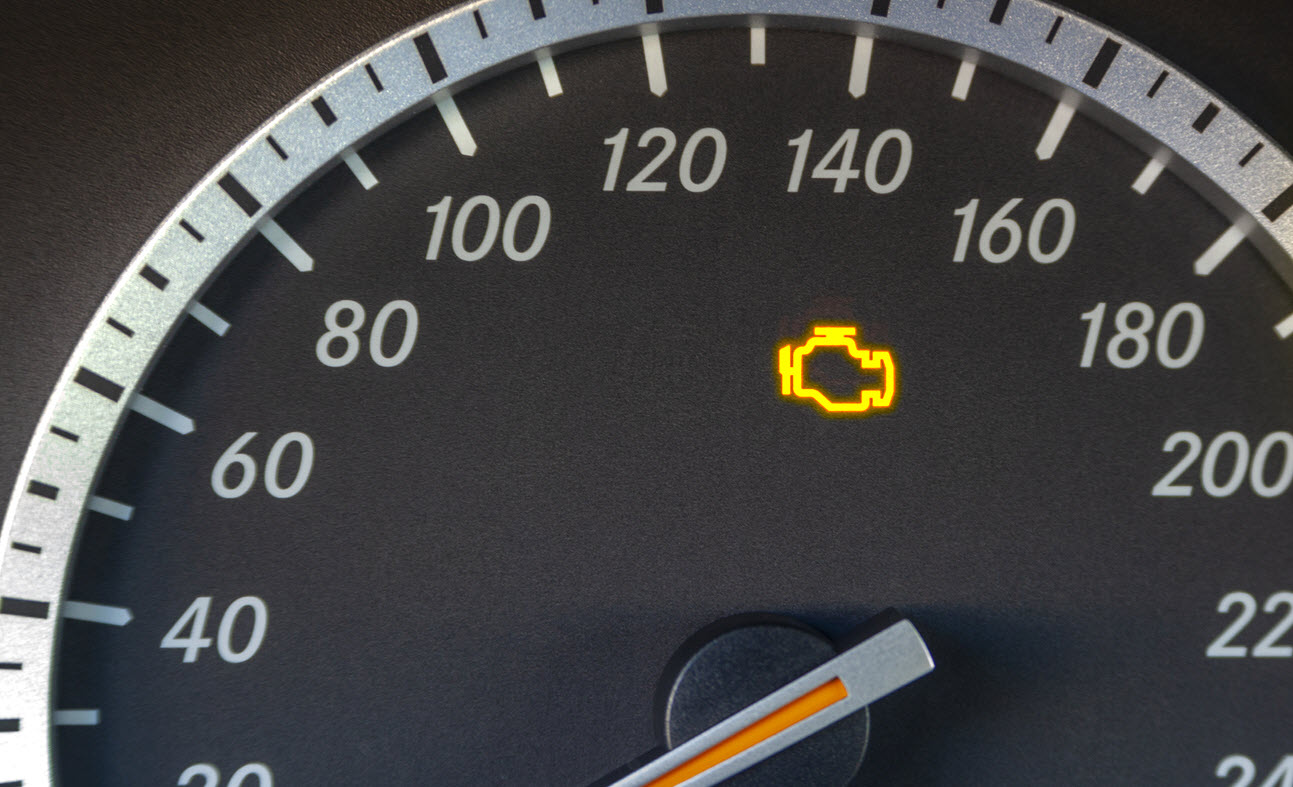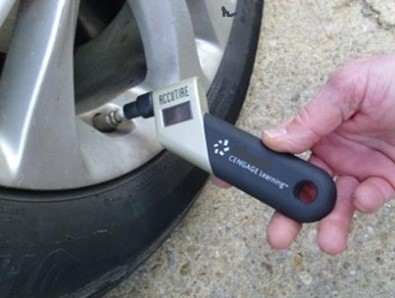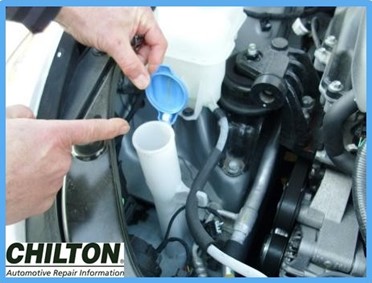| By Chilton Staff |
We count on our vehicles to get us where we want to go safely. Most vehicles are dependable, but extreme weather and busy schedules can mean trouble. Basic vehicle awareness consists of simple things we can do that might help us avoid a bad situation. Here are three quick checks you can make to help protect yourself, your passengers, and others on the road.
1. Tires
When you head to your vehicle, look at the tires. Make sure they all appear about the same. Do any tires seem low? Carefully examine the tires and the tread. It’s easy to forget how important tires are. A low tire will overheat, and then it usually blows out. Who wants to be stranded on the side of the road with a flat tire? Just by looking at the tires beforehand, you may notice a problem.
After you visually check all four tires on your vehicle, use a tire pressure gauge to make sure that the tires have the correct amount of air in them.
On most vehicles, a placard affixed to the driver’s door jamb shows the correct tire pressure. There’s also a tire pressure amount imprinted on the tire itself. What’s on the tire sidewall is the maximum the tire is safely rated for when it’s cold. Don’t use the pressure amount that’s marked on the tire itself unless it’s the same as the pressure on the door jamb. The tire pressure placard on the door jamb indicates the right pressure for your year, make, and model with the components (such as four-wheel drive) originally installed by the carmaker.
I know what you’re thinking, “What about my TPMS (tire pressure monitoring system)? It’s supposed to notify me when the tire is low.” While the TPMS will detect tire underinflation below a certain threshold, the tires may be prematurely wearing in the meantime, so check them anyway.
2. Wipers and Washer Fluid
When you stop for gas, walk around your vehicle and see how things look. How are the wiper blades? Is the washer solvent low? Check the wiper blades and refill the washer solvent.
3. Lights
Turn on your lights to see if any are out. Check the turn-signal blinkers too. If a passenger is available, have them step on the brake pedal so you can check the brake light operation.
If you get in the habit of looking at some of the basic safety components on your vehicle, it will pay off down the road. When it comes to care awareness, don’t be afraid to go for it. We tend to forget how important it is to keep our vehicle in good running condition. We have precious cargo to think about, as we’re driving our friends and family around—not to mention other motorists.
When you need to maintain or service your vehicle, count on ChiltonLibrary for maintenance intervals and comprehensive service procedures.




